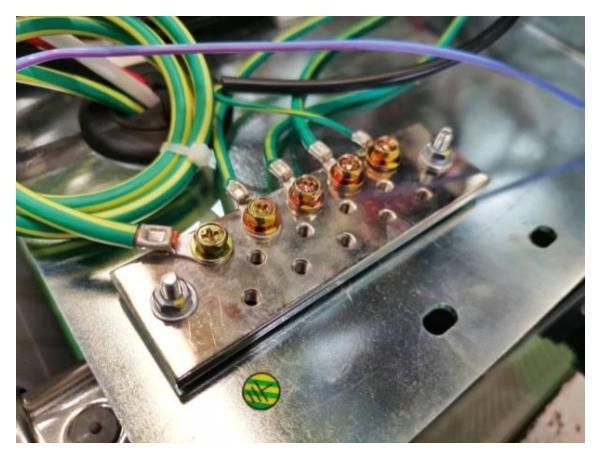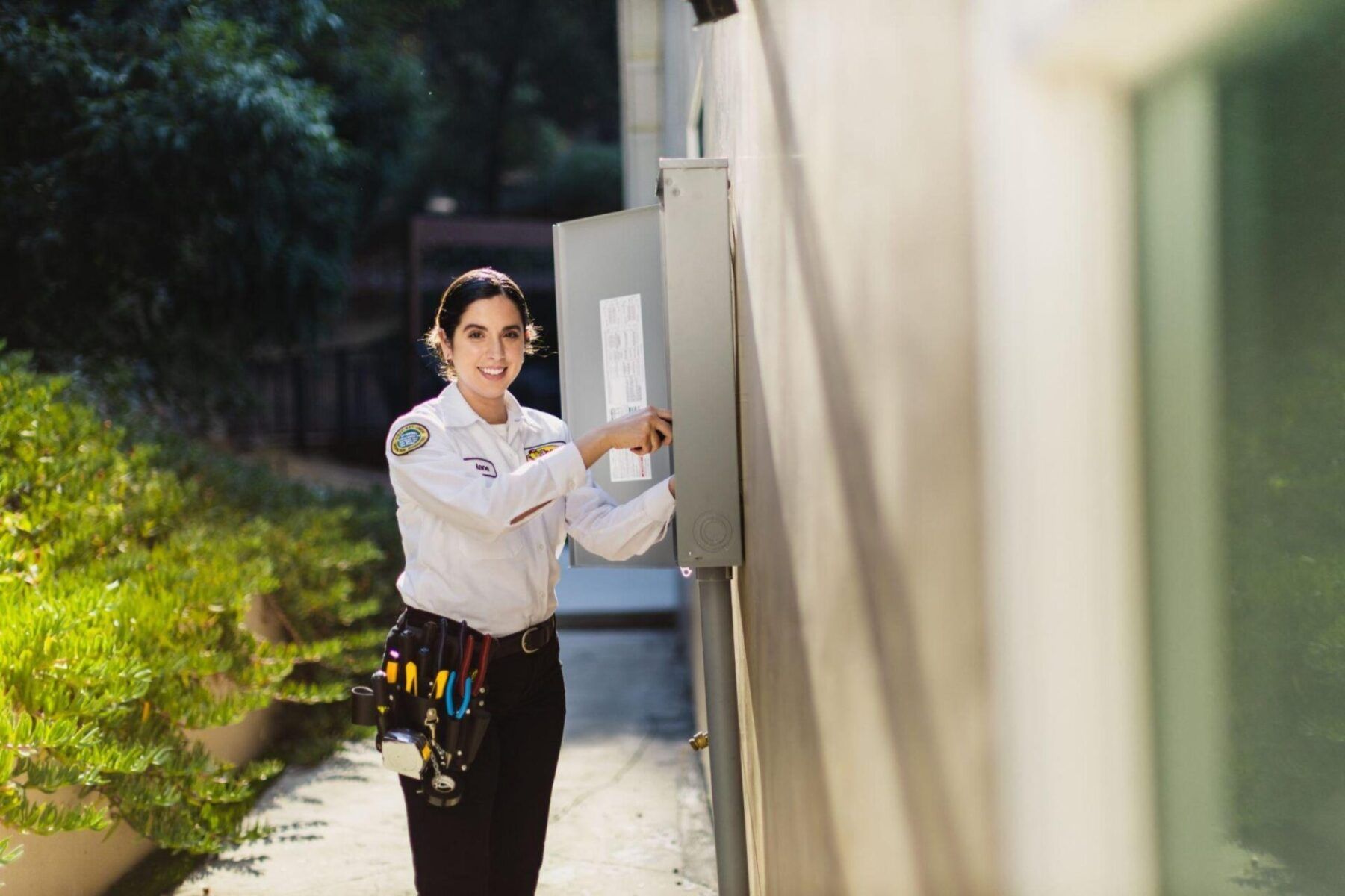What Are the Types of Electrical Wiring?
The general concept of electrical wiring encompasses putting up wires and lighting systems. Wiring is a technical installation that requires qualified electricians to handle. Different governments and professional bodies have come up with safety measures. These standards guide electrical installation in their regions. The rules guide and apply to all types of electrical wiring.
All types of electrical wiring systems have their advantages and disadvantages. The good or bad sides depend on the reason, place of installation, among other issues.
Cleat Wiring
Cleat wiring is one of the old wiring systems that have ceased to be in use. Cleats are supporting objects with insulation — they hold wires on the wall for support. The cables remain exposed to the outside.
The cleats could be objects made of poor conductors of electricity like wood. Wires on their part may have insulation sheaths too. Sometimes, other protective materials shield them against adverse weather.
Most electricians would not install this type of electrical for their domestic clients. Notably, not when installing permanent wiring systems. Cleat wiring is for functions like home parties. In some cases, the system works for camping expeditions and other temporary purposes.
The Pros of Cleat Wiring
- Since the system leaves the cables outside, it is easy to notice and repair any faults.
- It is the best system to use in events that last only a few days and nights.
- The cleat wiring system is modest and saves on costs.
- It is easy to extend the wiring, and even to uninstall once its purpose is over.
The Cons of Cleat Wiring
- It is not suitable for permanent installations due to the loose-fitting.
- The system is a safety hazard. It poses an electrocution risk.
- The wires are not immune from fast wearing out dues to their exposure to harsh weather.
- The installation has no authentic value. At times, it is just ugly, sagging wires.
Batten Wiring
Batten is another one of the simple types of electrical wiring. Like cleat wiring, it suits low-key installations better. Here is what the process of installation requires:
- A straight wooden batten around 10 millimeters thickness
- Cables (copper tape shielded power cables) or the RTS type
- Brass pins
- Buckle clips
Installation involves clipping several cables together on the wooden batten. Clipping uses the buckle clips. The work of the brass pins is to fix the buckle clips on the batten.
The Pros of Batten Wiring
- It is one of the cheapest types of electrical wiring. The materials used are less costly.
- The process of installation is easy to follow
- Batten wiring is self-proofing from harsh weather conditions
- It is more durable than cleat wiring
- The process of repairing any faults is not complicated
- The installation looks better than cleat wiring
The Cons of Batten Wiring
- Installing it outside is risky due to environmental effects. Such effects could make it ineffective.
- The materials used in its installation cannot hold heavy cables
- It is more likely to suffer destruction from fire or smoke
- It is only suitable for any voltage that is less than 250
Conduit Wiring
Conduit wiring is among the more protective types of electrical wiring. The installation of cables in this system aims at protecting them from humidity. Conduits can be metallic or non-metallic.
Metallic Conduits
They include:
- Rigid Metal Conduit (RMC)
- Electric Metallic Tubing (EMT)
- Intermediate Metal Conduit (IMC)
- Flexible Metal Conduit (FMC)
Non-Metallic Conduits
- Rigid Nonmetallic Conduit (RNC)
- Electric Non-metallic Tubing (ENT)
Of all the types of electric wiring, conduits have the best protection against all destructive factors. Conduits can keep off any fires from the cables. Chances of an accidental electrocution can be negligible with tubes.
However, the installation of conduits is very costly due to the nature of piping. Besides, the installation process is complicated; it is better to leave it for professional electricians. The system is generally safe. Yet improper earthing can expose humans to dangerous electrocution.
Concealed Wiring
Concealed and conduit are almost similar types of electrical wiring. However, concealed wiring requires passing the pipes inside the walls. Constructors leave spaces for plastic electric pipes inside the walls. Sheathed polyvinyl chloride cables pass through the pipes.
The conduit has openings from where cables connect to the rest of the system. Concealed types of electrical wiring systems are trendy among households.
Requirements for Concealed Wiring
- Plastic pipes
- Cables Sheathed Polyvinyl chloride
- Screws
- Distribution Board box
- Elbows
- Locknut
The process of installing concealed wiring is also technical. Such electric wiring systems require attention to detail that only comes with professional installers.
The Pros of Concealed Wiring
- Wires are inside the walls and do not affect the aesthetic factor
- The risk of shock from the wiring is zero to none. This factor is actually for all other types of electrical wiring systems.
- Concealed wiring is a durable system; wear and tear process is slow
- The insulation is also safe from external damage
- Installation of concealed cables usually comes at the construction stage. One needs not to worry about it after that.
- There is minimal exposure to environmental humidity that can be destructive to the wires
The Cons of Concealed Wiring
- The installation process is technical, even though it comes at construction
- There are limited modification options for the system. The initial installation remain unchanged.
- Installation leaves considerable damage to your account. The technical and material investment is quite expensive.
- You may not notice in case there is any problem with the cables inside the concealment
- Repairing process is as technically demanding as the installation
Electrical installations in homes are sensitive. Electricians follow many safety and professional standards during installation. In some cases, homeowners attempt to complete the process by themselves on a DIY basis. While this may work in small repairs, it is not advisable. More so when it comes to major electrical installations.
Professional electricians can install all types of electrical wiring. They do so with a better observation of safety regulations than you can do on your own.
Hire credible electricians from Mister Sparky and breathe easy as they do it for you.
Call Mister Sparky Electrician OKC at (405) 300-0633. America’s On-Time Electrician in Del City, Edmond, Mustang, Oklahoma City, and Yukon services the Oklahoma City area with a team of licensed electricians. In addition to flickering lights, our electrical services provided by Mister Sparky include electrical outlet/switch repair, ceiling fan installation, lighting installation, electrical wiring repair, landscape lighting installation, and home electrical inspections.





